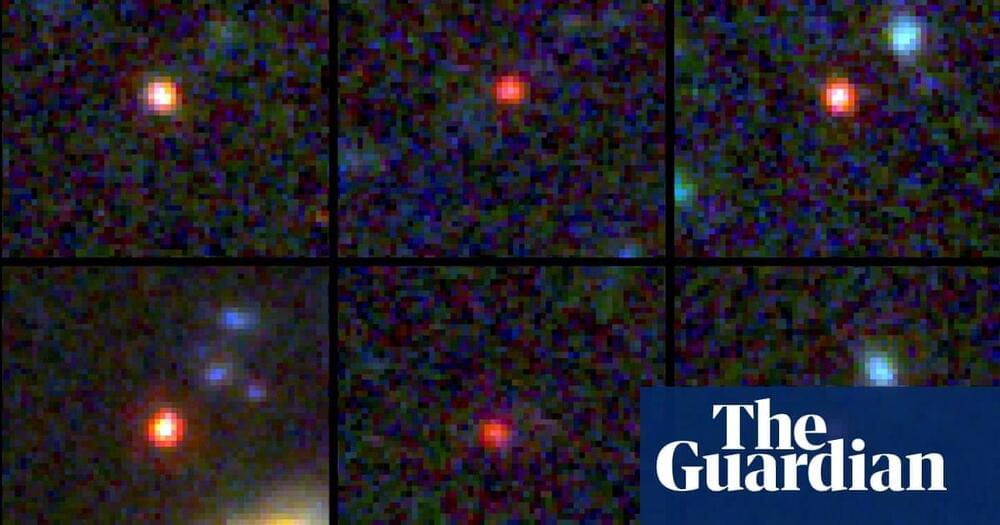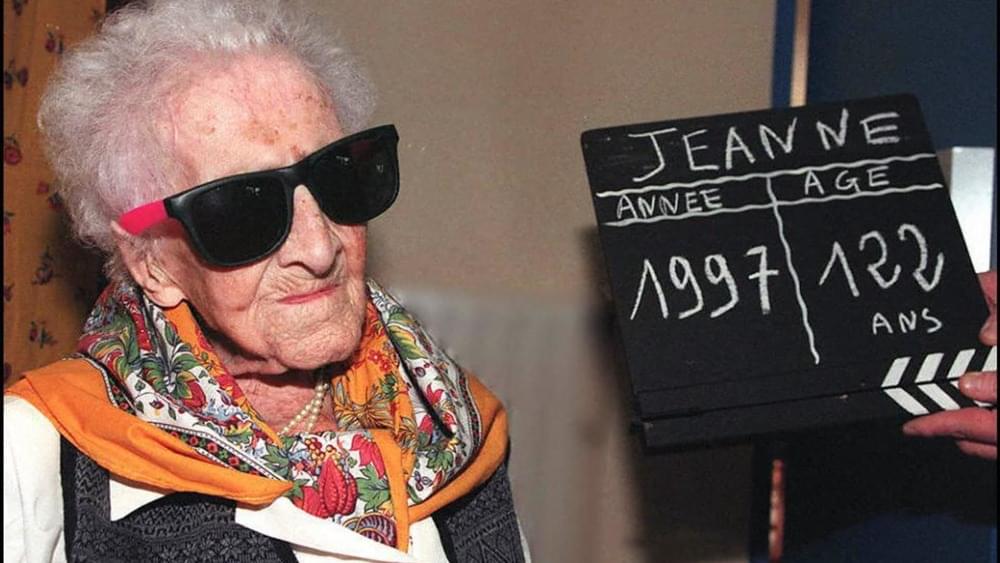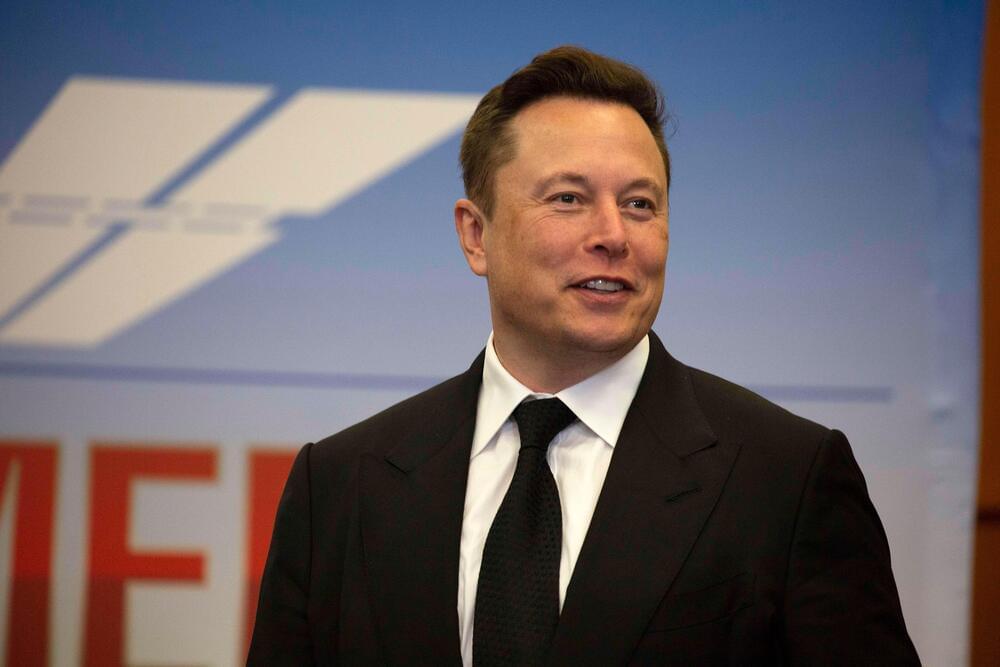Health — operanewsapp.



Astronomers have discovered a “runaway” black hole, potentially the first observational evidence that supermassive black holes can be ejected from their host galaxies. Astronomers have spotted a runaway supermassive black hole, seemingly ejected from its home galaxy and racing through space with a chain of stars trailing in its wake.



The latest bombshell to hit the ChatGPT spectrum is a report that as of mid-February, the AI has 200 or more books under its virtual belt published in Amazon’s Kindle store. Reuters notes that some titles are “co-authored,” but many are published as-is with no human intervention other than to submit the content and collect the money.
As far as anyone can tell, Amazon is trying to be as transparent as possible with AI-generated titles by tagging them ChatGPT and creating an entirely new section called “Books about using ChatGPT, written entirely by ChatGPT.” However, those are just books that content creators admitted to using AI to complete the work. There could be hundreds more pumped out by less scrupulous “authors.”
Despite the transparency, some in the industry fear that real authors will be hurt by a tidal wave of quickly produced mediocre books that water down the pool of quality work published by human writers. One writer Reuters spoke with went from concept to published work in a matter of a few hours. It was a children’s book with ChatGPT producing the text, and another AI to generating “crude” drawings.
Bain & Company has recently announced a global services alliance with OpenAI, the parent company of ChatGPT. Bain says that it will be using the AI-powered chatbot for creating ‘tailored digital solutions for its clients’.
In November, Notion began testing a generative AI feature within its popular note-taking app.

The days of ripping off a Band-Aid could soon be in the past, with scientists creating a new affordable, flexible electronic covering that not only speeds and wirelessly monitors healing but performs a disappearing act by being harmlessly absorbed into the body when its job is done.
“Although it’s an electronic device, the active components that interface with the wound bed are entirely resorbable,” said Northwestern University’s John A. Rogers, who co-led the study. “As such, the materials disappear naturally after the healing process is complete, thereby avoiding any damage to the tissue that could otherwise be caused by physical extraction.”
Electronic bandages are an emerging but by no means new technology, with earlier developments into bacteria-killing patches, motion-powered covers and even forays into smart dressings. But this dressing is the first bioresorbable bandage of its kind, delivering electrotherapy to wounds to accelerate healing by up to 30 per cent, and relaying data on the injured site’s condition to allow monitor of it from afar. The Northwestern scientists believe it could be a game-changer for diabetics and others who face serious complications from frequent and slow-healing sores.
